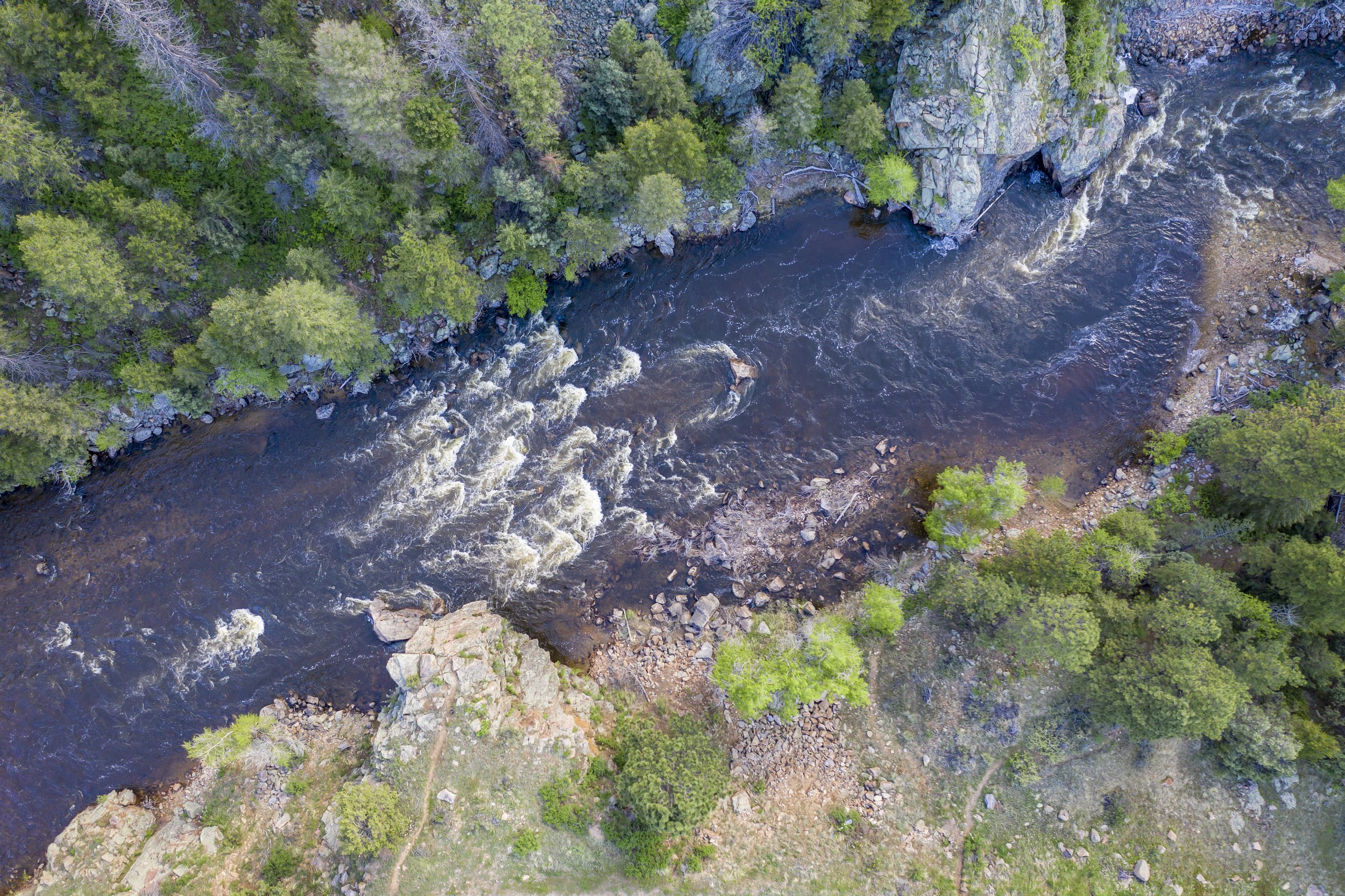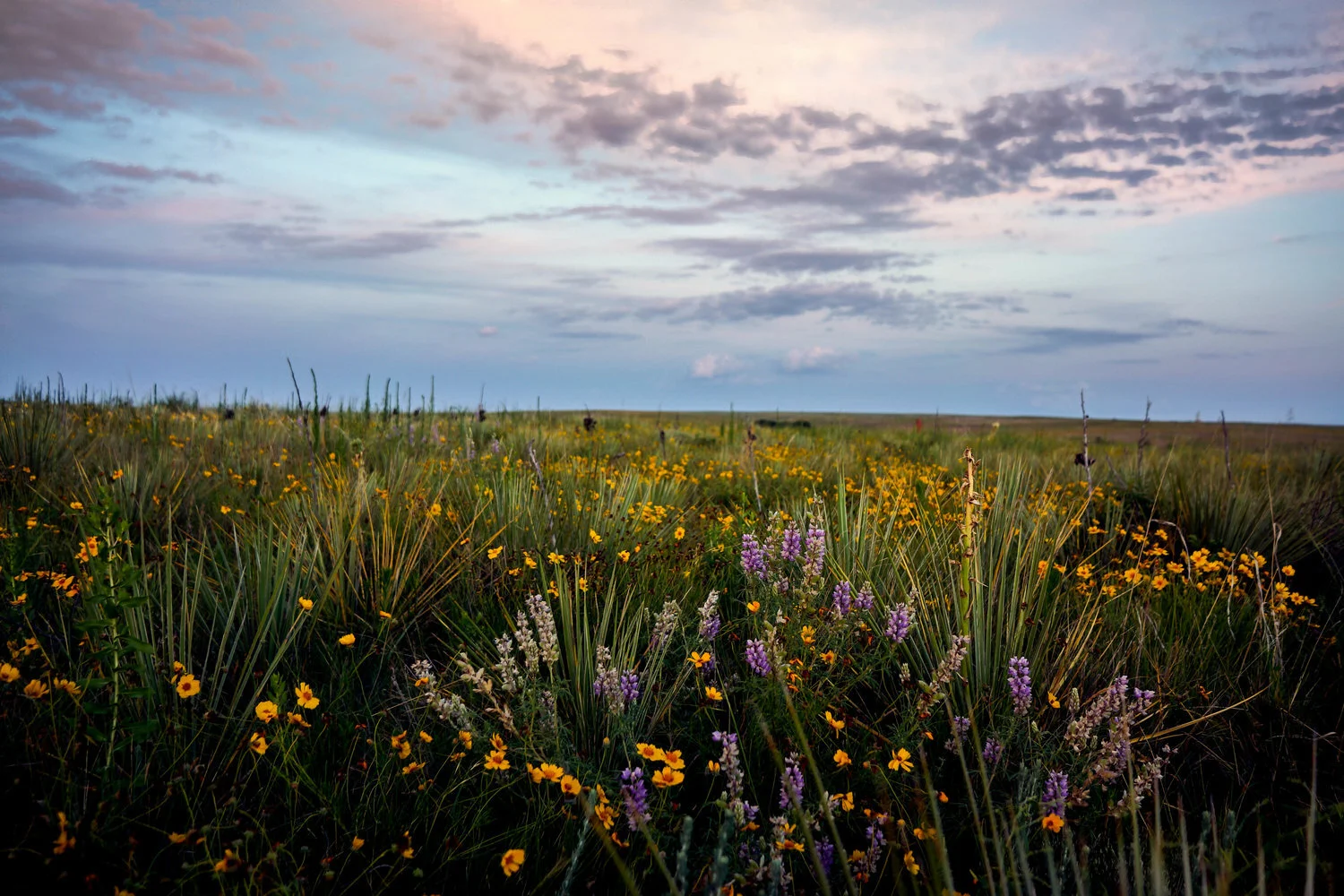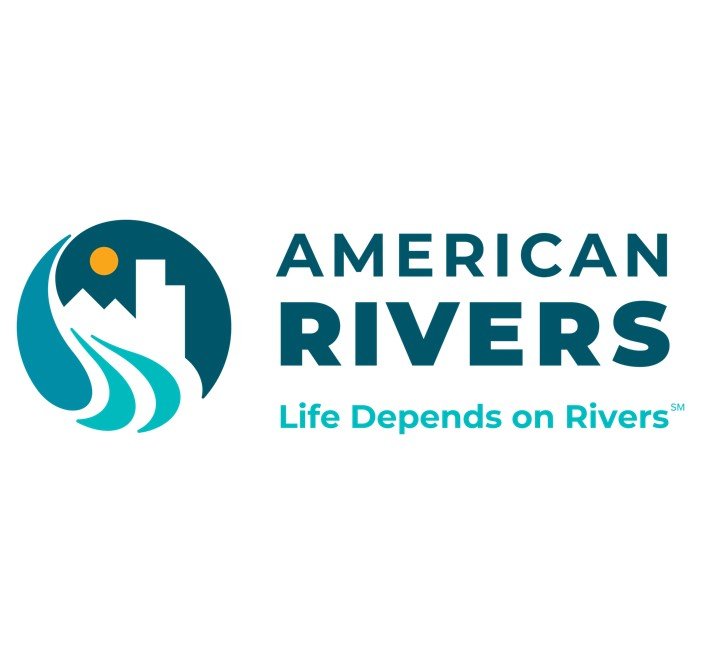
LAND & WATER
STEWARDSHIP
Healing connections to the lands and waters we all call home.
For us, home is a major city, a remote ranch, or somewhere in between. Nature is essential to our lives. Our health and well-being depend on healthy environments, both urban and rural. From walks in the park to epic adventures, we revel in the West’s natural beauty - and we’re also fully aware of the many forces at play that threaten this place we call home. Climate change and extractive industries exploit our dwindling natural resources - threatening clean water, local economies and the entire web of life.
At the same time, we acknowledge that many of these wild places will only be visited by 1% of the population, or less. In order to protect the places upstream, we need to inspire connection with our rivers and habitats that flow through towns downstream.
We envision a future of healthy lands and waters that are symbiotic with thriving communities. By developing technology, championing demonstration projects, supporting innovative legislative efforts and advancing equitable watershed conservation strategies, we are helping to rebuild the connection between people and nature.
To further break down how our Land & Water Stewardship strategy works:
Our water stewardship grants focus on one or two watersheds for a three-year period. This allows us the space to complete deep learning around the specific issues in that particular watershed, identify what solutions are needed, and then build long-lasting relationships with our partners. Currently our efforts are focused around the Poudre River in Fort Collins, CO and the middle reach of the Yampa River in Moffat County, CO.
While our smaller watershed strategies allow us to build deep regional relationships, we also recognize that communities along the Front Range of Colorado, and the entire Southwestern United States are all connected through the greater Colorado River Basin. Therefore, we also tune in to the bigger conversations happening within the Colorado River Basin, the policy developments related to its management, and support demonstration projects to help modernize our Western water systems.
Our land stewardship grants focus primarily on advocacy efforts to keep public lands public, promote biodiversity protections, and work toward the 30x30 conservation initiative. We believe that critical habitat needs to be set aside in order to balance the impacts of modern civilization so that both humans and our planet can flourish. Achieving this goal will take more than just our public lands. Private properties and civic parks will be an important part of reaching these targets, and individuals who control these spaces need to be engaged as well.

Partner Highlights
Why we love them
We support the Paddle Tribal Waters, a project within Rios to Rivers, which empowers indigenous youth to reconnect with the waters of the Klamath River. Paddle Tribal Waters uses kayaking to galvanize a movement with the youth while reconciling a stolen history and building a future of hope and healing. As the Klamath River dams start to be deconstructed, this group is training the indigenous youth to paddle the river from source to sea, celebrating a reborn free flowing river. Paddle Tribal Waters is a positive way to celebrate the removal of the Klamath dams and support the sovereignty of the Klamath Basin tribal nations by ensuring that more of their youth have a voice in the dam removal process.
Who they are
Ríos to Rivers inspires the protection of rivers worldwide by investing in underserved and indigenous youth who are intimately connected to their local waters and support them in the development as the next generation of environmental stewards. Since 2012, Ríos to Rivers programs have connected 234 underserved and indigenous students from 20 endangered river basins in seven countries. The programs have included students and community leaders from 14 indigenous nations.
Did you know?
For centuries, dams have displaced indigenous communities, submerged ancestral territory, and eliminated traditional food sources. Damming free-flowing rivers is detrimental to bio and cultural diversity and contribute to climate change through the release of under-reported methane.
Why we love them
Born out of the High Park Fire in 2012, this little organization has again been tapped to navigate recovery of Colorado’s largest wildfire in its history, the Cameron Peak Fire, of 2020. The soul of this organization is carried by the incredible people that work day to day to carry out its mission. They punch above their weight, something that really resonates with our work
Who they are
Coalition for the Poudre River Watershed’s (CPRW) mission is to improve and maintain the ecological health of the Poudre River Watershed through community collaboration. Through an inclusive, transparent and science-based approach, the coalition aims to find innovative win-win solutions to the complex, cross-jurisdictional challenges facing the Poudre River Watershed. The Poudre River watershed has faced multiple catastrophic wildfires and severe floods in the last 10 years. CPRW has led many of the recovery efforts in collaboration with Northern Colorado municipalities, private landowners, and the U.S. Forest Service.
Did you know?
For every dollar invested in CPRW by the local government, CPRW has brought $6 back to the watershed in planning, capacity, and implementation funding.
Why we love them
WLA is well positioned to implement bipartisan solutions. Real policy change comes from being able to work across the aisle to find common ground. The West is made up of both red and blue states. Each one is beautiful and abundant in public and private lands that are part of the conservation equation.
Who they are
Through storytelling, stewardship and policy, Western Landowners Alliance advances policies and practices that sustain working lands, connected landscapes, and native species. The Alliance envisions a future in which private and leased public lands in the West are resilient to stressors, healthy and biologically diverse, and provide for prosperous rural business and critical ecological services.
Did you know?
Working lands have the richest biodiversity, per acre, found across the Western landscape, and are typically where the majority of freshwater is found. Working lands are also equally critical for sustaining prosperous rural businesses and long-term economic vitality.



























